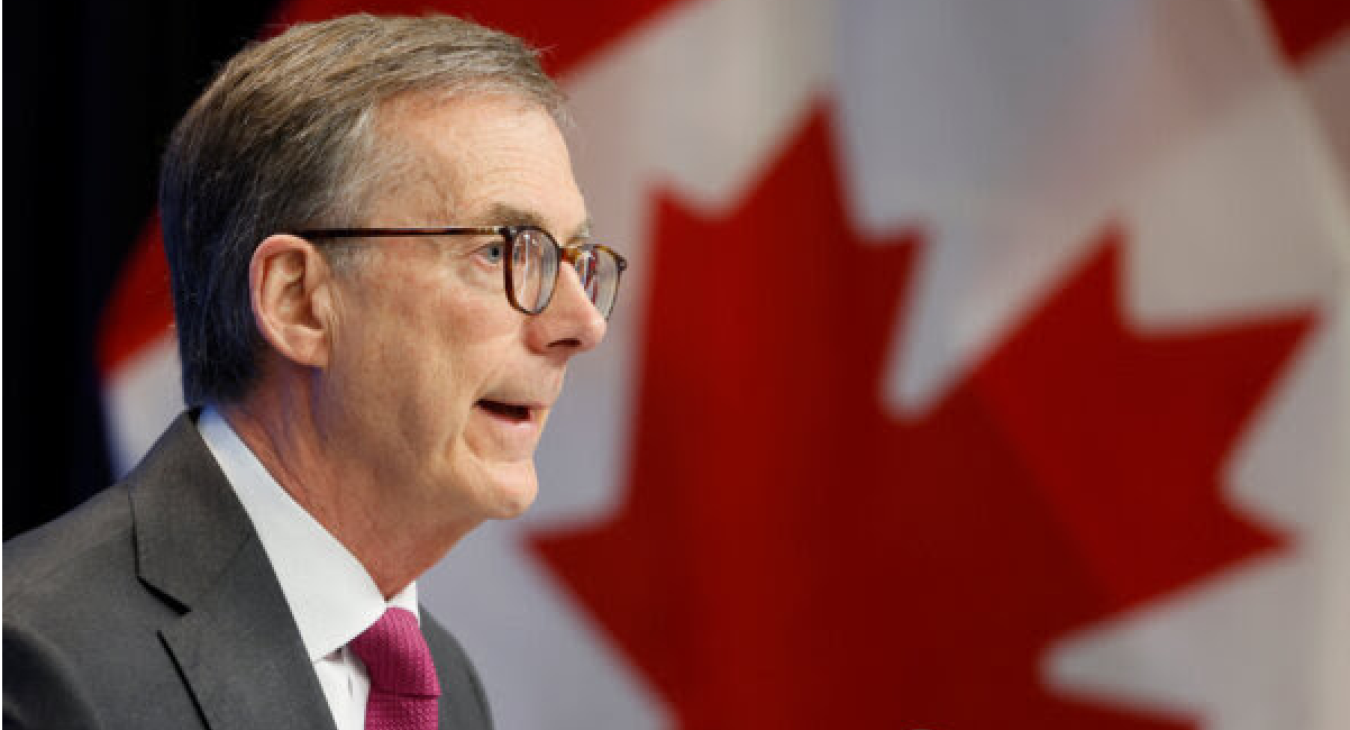Bank of Canada keeps key rate at 2.75% amid tariff uncertainty
On July 30, Bank of Canada Governor Tiff Macklem said the central bank would leave its key interest rate at 2.75% despite high global uncertainty over tariffs. “There was a unanimous decision not to change the rate,” Macklem said.
While tariff pressure from the United States is increasing — with tariffs of up to 50% on steel and aluminum, 25% on autos, and 10% on oil — the Canadian economy is showing “some resilience.” However, Macklem said that with demand and investment activity declining, the bank will base its rate decisions on inflation, employment, and consumer spending.
If the economy weakens and inflation pressures ease, a gradual downward adjustment of the rate is possible.
Customer inflation is currently 2.5%, despite the repeal of the federal carbon tax in March, which temporarily lowered the index. The main driver of inflation is rising housing and non-food prices.
The Bank notes that layoffs are already being seen in industries directly affected by the US tariffs, although other sectors are partially offsetting these losses. At the same time, the Canadian dollar has strengthened, from 69 to 73 US cents in the first half of the year.
In the updated report, the Bank abandoned the “traditional” forecast, offering three development scenarios:
- Baseline (current tariff level): Canada’s GDP will grow by 1% in the second half of 2025, and reach 1.8% by 2027. Inflation will stabilize at 2%.
- Reduction of US tariffs to an average level of 10%: growth will accelerate, inflation will remain below 2% until the end of 2026.
- Tariffs escalate to 28%: Canada will fall into recession for three quarters, inflation will exceed 2.5% by the third quarter of 2026, and recovery will not begin until 2027.
“We see signs of resilience, but we also recognize vulnerabilities,” Macklem said. “The next steps will depend on how global trade and domestic demand respond to external shocks.”
